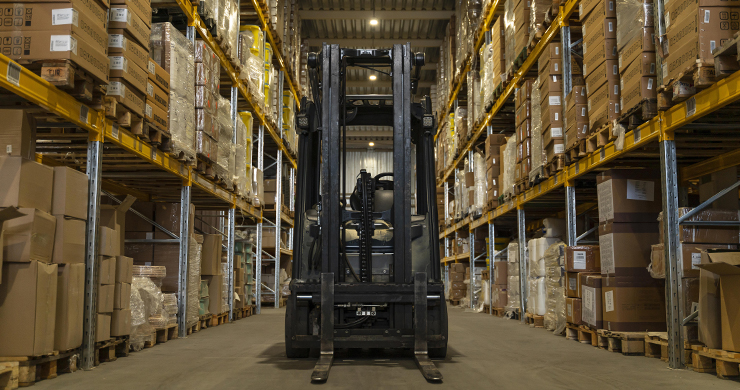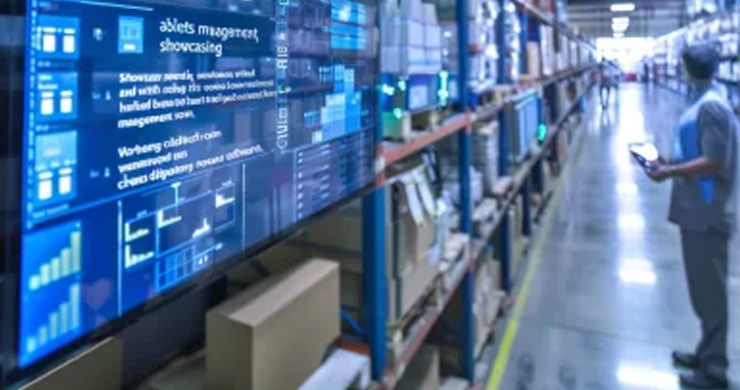In a world where logistics efficiency can determine the success or failure of a business operation, end-to-end traceability has become a fundamental pillar for warehouse management systems. This concept, which goes far beyond simple product tracking, involves the ability to monitor every movement, transformation or change that an item undergoes from the time it enters the warehouse until it leaves. In other words, it is about having a complete, real-time view of the entire life cycle of products within the supply chain.
Why is traceability so important in a modern WMS?
First, end-to-end traceability provides full visibility into operations. This means that every item, lot or unit can be accurately tracked from receipt to shipment, making it easy to quickly identify any problems, such as picking errors, inventory losses or shipment discrepancies.
This visibility not only improves operational efficiency, but also reduces costs by minimizing human error and optimizing processes.
In addition, traceability is essential to ensure regulatory compliance in highly regulated industries such as pharmaceuticals, food and chemicals. In these cases, having a detailed record of every movement and change allows you to respond quickly to audits, inspections or product recalls.
A fully traceable EMS helps companies to demonstrate that they comply with the quality and safety standards required by current legislation.
Competitive advantages of implementing end-to-end traceability
Companies that adopt advanced traceability solutions also gain a competitive advantage in terms of customer confidence.
Today, consumers increasingly demand transparency about the origin and handling of the products they buy. Being able to provide this information clearly and accurately enhances brand reputation and strengthens business relationships with customers and partners.
Another key aspect is the ability to continuously optimize. By having real-time data and a complete history of each item, logistics managers can make more informed decisions, identify process bottlenecks and implement ongoing improvements based on objective data.
This translates into a more agile warehouse, able to adapt quickly to changes in demand or in the business environment.
Technology integration: the heart of modern traceability
Achieving end-to-end traceability requires the integration of technologies such as barcoding, RFID, IoT sensors and (increasingly in recent times) artificial intelligence systems. These tools make it possible to automate data capture and ensure accuracy, as well as facilitate predictive analytics and proactive inventory management.
A modern warehouse management system must be able to integrate with other enterprise platforms, such as ERP, TMS or quality management systems, to ensure a smooth and consistent flow of information throughout the supply chain.
This connectivity is key to achieve complete traceability and rapid response to any eventuality.
Conclusion: a strategic investment
End-to-end traceability is no longer an option, but a necessity for companies seeking to operate efficiently, securely and competitively in an increasingly demanding market.
Implementing a warehouse management system with advanced traceability capabilities not only improves warehouse operational management, but also protects the company’s reputation, strengthens customer confidence and lays the foundation for sustainable growth.
In short, investing in traceability is investing in the future of your supply chain.
You may also be interested in…
InLOG participates in the conference “Save costs thanks to WMS and industrial warehouse management systems”
Cloud-based warehouse management systems (WMS Cloud): advantages and challenges.
Conference “Innovation and technology for a more competitive logistics”
How management software transforms logistics and warehouses: a case study in the automotive industry






